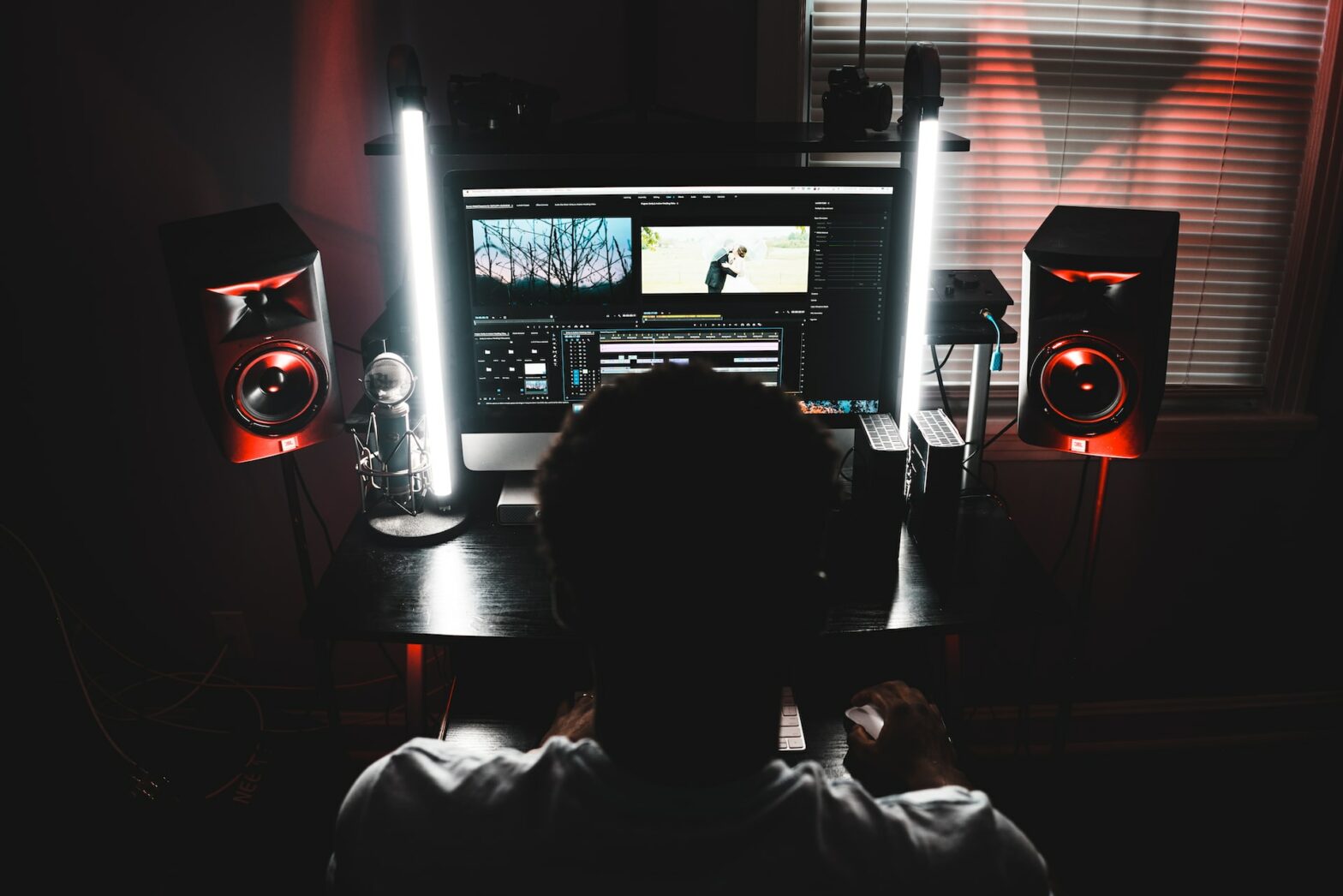Creating videos is not just about visuals; it’s also about sound. High-quality audio can make or break a video, impacting how your audience engages with your content. That’s where audio mixing comes into play. In this blog post, we’ll dive into the basics of audio mixing for videos in simple language, helping you understand the key concepts and techniques to elevate your video’s sound quality.
Understanding Audio Mixing
Audio mixing is the art of combining and adjusting various audio elements to create a balanced and cohesive soundtrack. Think of it as the process of blending different ingredients to make a delicious recipe – only in this case, we’re mixing sounds to create a pleasing auditory experience.
Key Components of Audio Mixing
Volume: Adjusting the volume levels of individual audio tracks is the foundation of audio mixing. It’s essential to ensure that one sound doesn’t overpower another. For example, you wouldn’t want background music to drown out your dialogue.
Panning: Panning refers to placing sounds within the stereo field. You can make an audio element sound like it’s coming from the left, right, or center of the listener’s perspective. This spatial aspect adds depth and dimension to your soundtrack.
Equalization (EQ): EQ is used to tweak the tonal quality of audio. It allows you to boost or cut specific frequencies, making sounds clearer, warmer, or more prominent. For example, you can use EQ to reduce unwanted background noise.
Reverb and Effects: Adding reverb and effects can give your audio depth and character. Reverb simulates the natural reflection of sound in a room, while effects like delay or chorus can create unique auditory textures.
Compression: Compression helps control the dynamic range of audio. It reduces the difference between loud and soft sounds, making your audio more consistent and easier to listen to.
Noise Reduction: In video production, unwanted background noise can be a real nuisance. Noise reduction tools help eliminate or reduce these distractions, ensuring a clean audio track.
Audio Mixing Process
Now that we’ve covered the basics, let’s outline a simple audio mixing process for your videos:
Gather Your Audio Elements: Collect all the audio tracks you’ll use in your video, such as dialogue, background music, and sound effects.
Import into a DAW (Digital Audio Workstation): Use a software like Audacity, Adobe Audition, or GarageBand to load your audio tracks onto separate channels.
Set Levels: Adjust the volume levels for each track. Make sure your dialogue is clear and easily heard, and that background music and sound effects complement the visuals without overpowering them.
Pan and EQ: Experiment with panning to create a sense of space, and use EQ to enhance the tonal qualities of your audio elements.
Apply Effects: If needed, add reverb, delay, or other effects to enhance the atmosphere of your video.
Compression and Noise Reduction: Use compression to control audio dynamics, and apply noise reduction to eliminate any unwanted background noise.
Test and Adjust: Play your video and listen carefully. Make adjustments as needed to achieve the desired sound balance.
Export: Once you’re satisfied with the mix, export your audio and sync it with your video in your video editing software.
Audio mixing for videos is a crucial skill for anyone involved in video production. With a good understanding of volume, panning, EQ, effects, compression, and noise reduction, you can significantly improve the audio quality of your videos. Remember that practice makes perfect, so don’t be afraid to experiment and refine your skills over time. With dedication and a keen ear, you’ll be well on your way to creating videos with exceptional soundtracks that captivate your audience.

